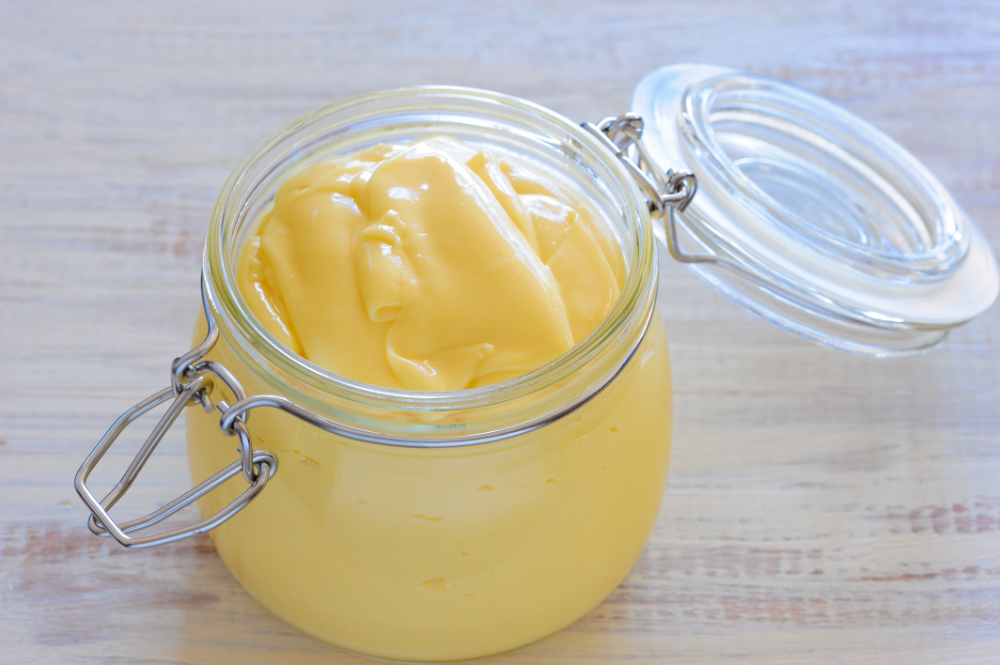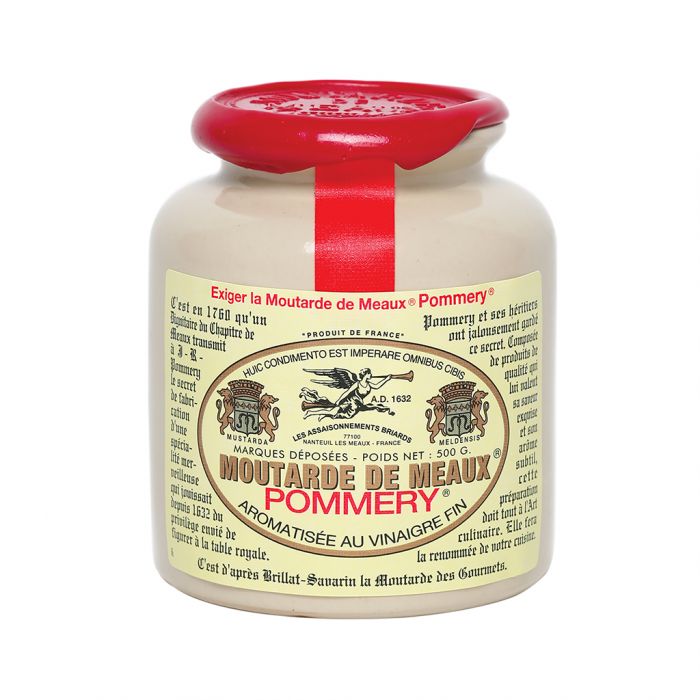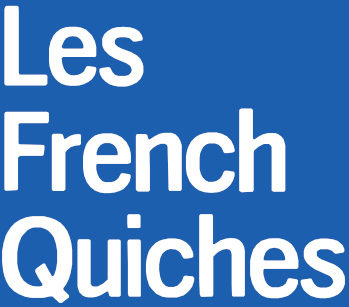Since we opened this blog, we introduced you to the gossips of our neighborhood, to architecture, cosmetics, but not yet to gastronomy, which should have been our first topic since French people love gastronomy. Especially since we love to cook, eat and share.
So here we go! It was hard to choose but we decided that Mayonnaise we a good choice, it’s delicious, very easy to make and we love grease!

Add some oil
Mayonnaise, also commonly known as mayo, is a must in French gastronomy. We eat it with crabs and shellfish (the famous crab mayonnaise), cold meat (aaaaah the mayo chicken), in salad (the vegetable salad), or simply as a condiment. For example, egg mayonnaise is offered as a starter in most French brasseries. The Lebey Guide has even created the Association for Safeguarding Egg Mayonnaise (ASOM). The aim of this association is to organize a yearly competition where ten chefs compete to win the medal for the best egg mayonnaise. French people really do not like it when you mess with mayonnaise, it’s a serious business.

Mayonnaise is not really friends with dietitians since it is mainly composed of oil. The minimum oil content is even regulated by law in Belgium since they are used to dipping their French Fries in mayonnaise. Initially the “Mayo law” imposed a minimum of 80% fat for the appellation mayonnaise. Between foreign competition and the trend towards lighter recipes, Belgium has decided to adapt: a royal decree has recently lowered the rate to 70%, which does not please everyone not to mention the fact that we call the potato fries “French” and not “Belgian”.
Mayo is international
There are several versions as to the origin of mayonnaise. The most credible is the one that says that mayonnaise was invented by the cook of Marshal de Richelieu during the Battle of Menorca in 1756, which pitted France and England at the beginning of the Seven Years’ War. The cook made a sauce from the only ingredients he had: eggs and oil. He named his gastronomic creation “la mahonnaise”, in reference to the town of Mahon where he was located. Since the Seven Years’ War, the recipe has evolved. Mayo is not just about eggs and oil. It’s also about mustard. This is the ingredient that gives some taste to your mayo. As many cooks, as many different mayos

And now, the recipe
Technically it’s quite simple: you just have to mix a large teaspoon of mustard with the egg yolk with a whisk, and then to regularly add oil while whisking. Preferably use a light, neutral tasting oil such as sunflower oil. Once the mayonnaise is firm, season it with salt and pepper. With salt flower it is even better.
One last little trick: you can finish off with scented oils to give your mayo a more particular taste. You can try with truffle oil, it’s delicious, or with olive oil and garlic. You can also add a drop of wine vinegar.
